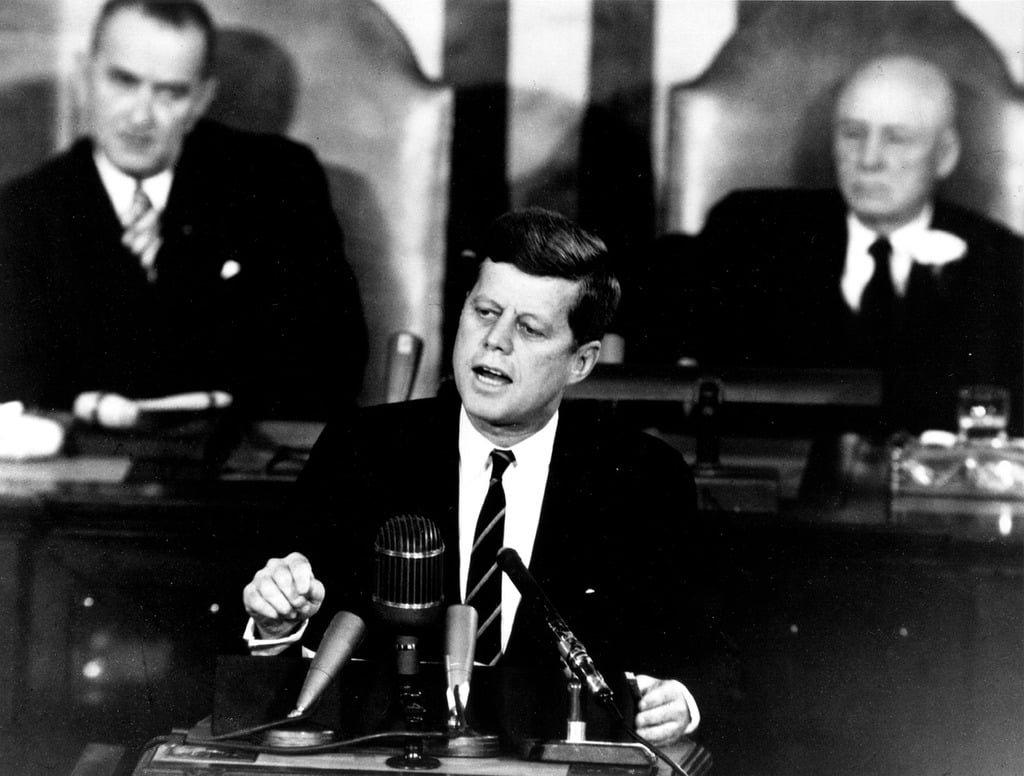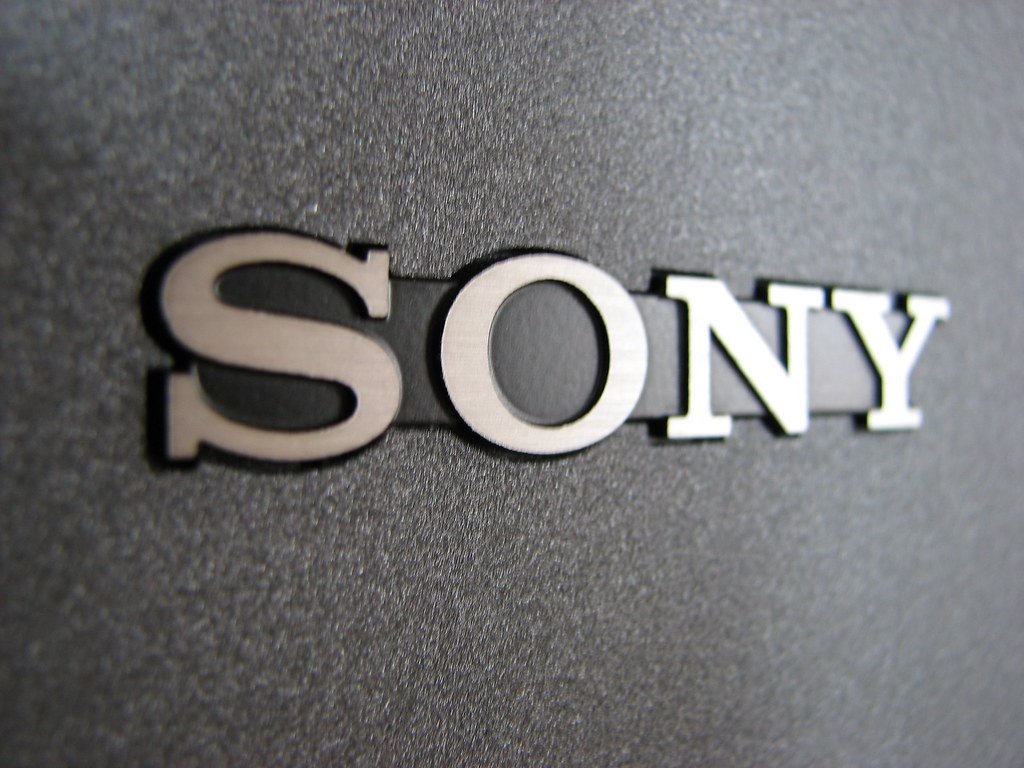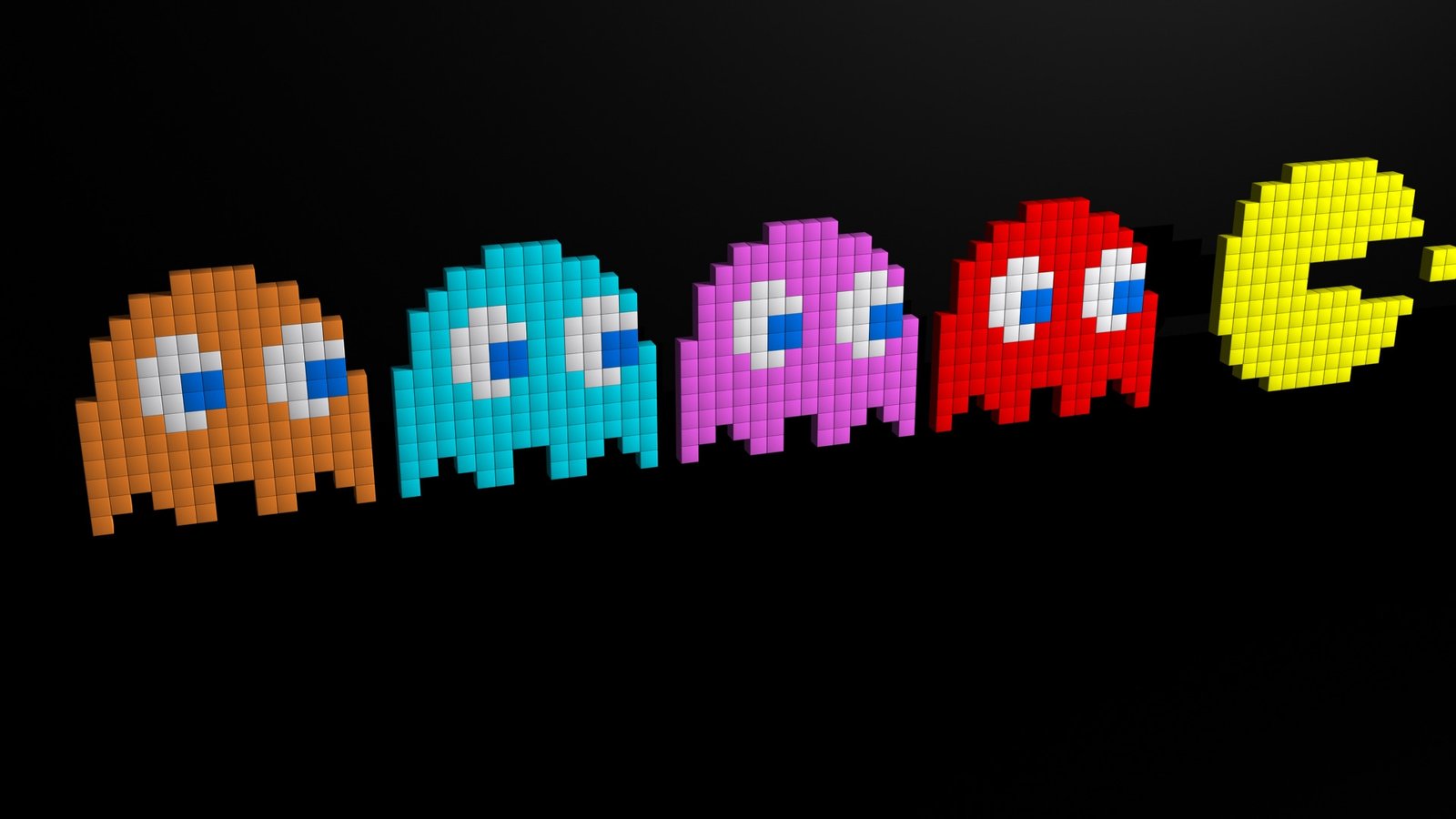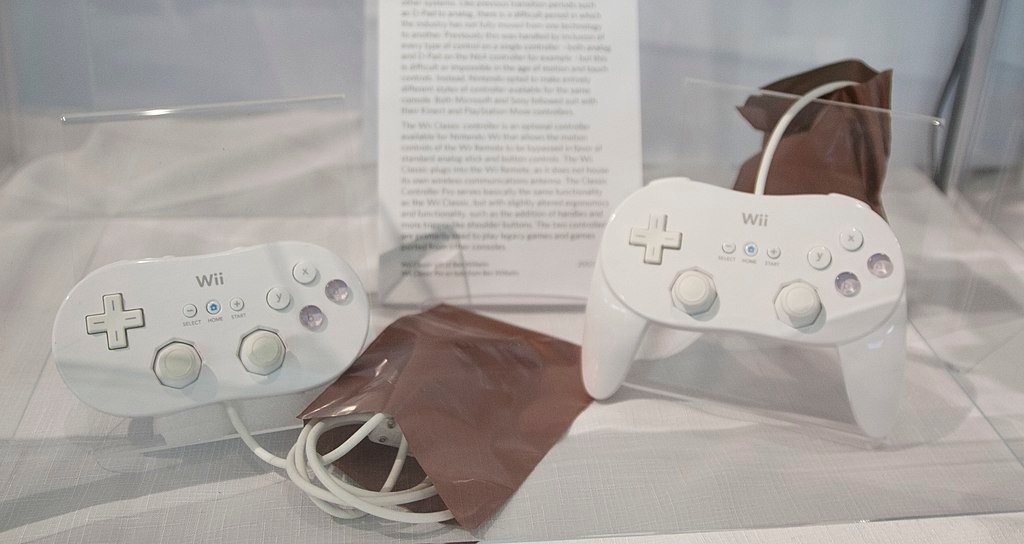In the ever-evolving gaming landscape, one name stands as an invincible force that has shaped the industry for over a century—Nintendo. Nintendo’s history is a mesmerizing odyssey that transcends conventional narratives, tracing its roots back to a humble playing card company in Kyoto, Japan. This iconic corporation has traversed decades, transforming from a purveyor of traditional pastimes into a global gaming powerhouse that revolutionized the world of interactive entertainment.
The tale began in 1889 when Fusajiro Yamauchi founded Nintendo as a playing card manufacturer. Little did he know that his modest venture would sow the seeds of a cultural phenomenon that would captivate generations worldwide. As the 20th century unfolded, Nintendo’s destiny took a remarkable turn as it ventured into the realm of electronic toys, setting the stage for its eventual conquest of the video game industry.
In the 1970s, Nintendo made its audacious entry into the world of arcade games, marking its first significant step into the gaming arena. The seminal moment, however, arrived with the release of Donkey Kong in 1981. This arcade hit not only introduced the world to the charismatic Jumpman (who would later become the iconic Mario) but also foreshadowed Nintendo’s remarkable journey into home gaming.
The 1980s witnessed Nintendo’s crowning achievement with the Nintendo Entertainment System (NES) release. It was a watershed moment that rekindled the gaming industry’s embers after the North American video game crash of 1983. Super Mario, a character synonymous with Nintendo, emerged as a cultural icon during this era, leaving an indelible mark on popular culture.
In the subsequent decades, Nintendo continued to innovate, launching iconic consoles like the Super Nintendo Entertainment System (SNES), Nintendo 64, GameCube, and the revolutionary Game Boy. Nintendo’s consoles and beloved franchises became household names, while its handheld systems set the gold standard for portable gaming.
In the 21st century, Nintendo’s resilience and creativity shone brightly with the groundbreaking Nintendo Switch, a versatile console that blurred the lines between traditional home gaming and on-the-go entertainment. Nintendo’s enduring legacy also extends to mobile gaming, theme parks, and merchandise, ensuring that the Nintendo magic continues to enchant gamers of all ages.
Table of Contents
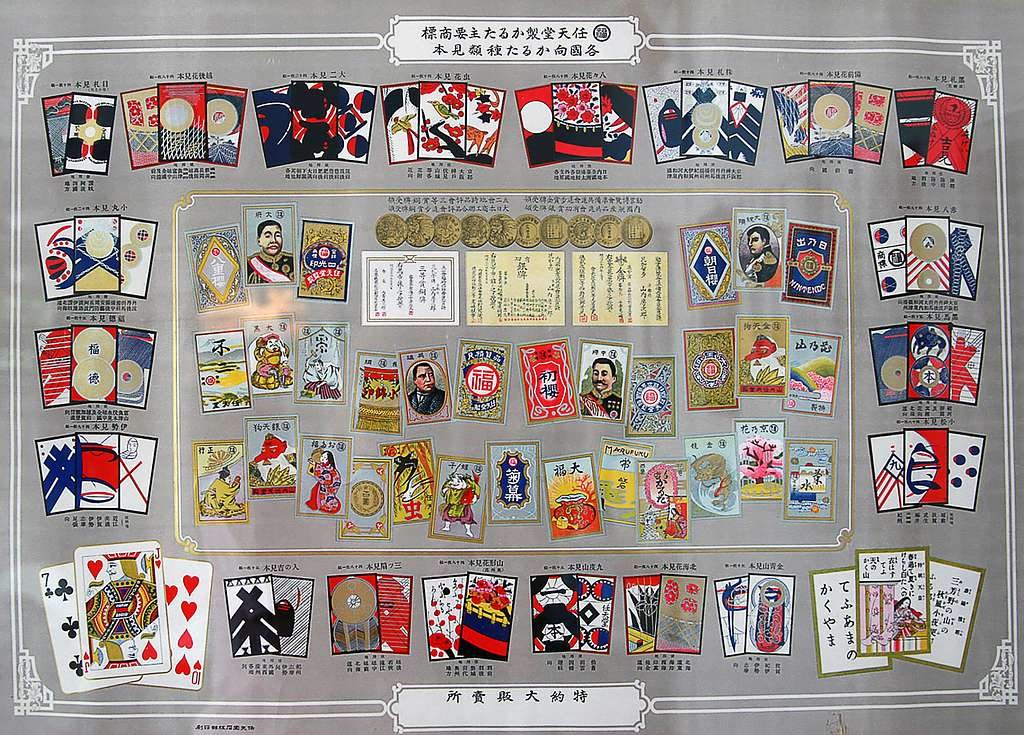
When was the first Nintendo made?
The first Nintendo product, known as the “Nintendo Playing Cards,” was not a video game console but a deck of playing cards. Nintendo’s history dates back to 1889, when Fusajiro Yamauchi founded the company in Kyoto, Japan. The company initially produced handmade playing cards adorned with intricate artwork.
Nintendo’s playing card business was quite successful in Japan and continued to operate in this capacity for several decades. In 1956, the company took a significant step toward diversification by branching into other ventures, such as toy manufacturing.
It was in the late 1970s that Nintendo ventured into the video game industry. 1977 they released the Color TV-Game, a series of dedicated home video game consoles. However, the release of the Nintendo Entertainment System (NES) in 1983 and the game “Super Mario Bros.” marked their entry into the international video game market and set the stage for their future dominance in the industry.
So, while Nintendo’s origins trace back to 1889 with the production of playing cards, it wasn’t until the late 1970s and early 1980s that they made their foray into the world of video games, ultimately becoming one of the most influential and iconic companies in the gaming industry.

What is Nintendo known for?
Nintendo is renowned for its significant contributions to the video game industry, establishing itself as one of the world’s most iconic and influential gaming companies. The company is known for several key aspects:
Iconic Game Franchises
Nintendo has created some of the most beloved and enduring video game franchises in history. Titles like Super Mario, The Legend of Zelda, Pokémon, and Metroid have become cultural phenomena, captivating generations of gamers.
Innovative Hardware
Nintendo is a pioneer in developing innovative gaming hardware. The Nintendo Entertainment System (NES), Game Boy, Super Nintendo Entertainment System (SNES), Nintendo 64, Wii, and Nintendo Switch are some groundbreaking consoles that have reshaped gaming experiences.
Portable Gaming
Introduced in 1989, the Game Boy revolutionized portable gaming and set the standard for handheld consoles. Nintendo’s dedication to portable gaming continued with the success of the Nintendo DS and the Nintendo 3DS.
Innovation in Gameplay
Nintendo is known for pushing the boundaries of gameplay with unique and creative mechanics. Titles like Wii Sports introduced motion-controlled gaming, while Super Mario 64 pioneered 3D platforming.
Family-Friendly Appeal
Nintendo is known for creating family-friendly and accessible games that appeal to players of all ages. Their games often emphasize fun, creativity, and multiplayer experiences suitable for everyone.
Strong First-Party Titles
Nintendo’s first-party game development studios consistently produce high-quality, exclusive titles that drive console sales and maintain a dedicated fan base.
Legacy of Nostalgia
Nintendo’s long history in the industry has created a sense of nostalgia among gamers who grew up with their consoles and characters, fostering a deep emotional connection to the brand.
Nintendo is known for its iconic franchises, innovative hardware, pioneering portable gaming, unique gameplay experiences, family-friendly appeal, strong first-party titles, and a legacy of nostalgia. These factors have solidified Nintendo’s place as a beloved and enduring presence in video games.
What was Nintendo’s first game?
Nintendo’s first venture into the gaming industry was not with video games but rather with playing cards. Founded in 1889 as a playing card company by Fusajiro Yamauchi in Kyoto, Japan, Nintendo initially produced a variety of card games, including the popular “Hanafuda” cards. These cards featured beautiful illustrations and became a cultural phenomenon in Japan.
It wasn’t until the mid-20th century that Nintendo began exploring electronic entertainment. In the 1970s, they experimented with various electronic toys and arcade games. However, Nintendo’s breakthrough in video games came with the release of the Donkey Kong arcade game in 1981. Designed by Shigeru Miyamoto, this game introduced the character Jumpman, later known as Mario, and marked Nintendo’s entry into the video game industry.
While Nintendo’s first foray into gaming was through traditional playing cards, their iconic status in the video game world began with Donkey Kong, laying the foundation for their subsequent success in the industry.
History of Nintendo
The history of Nintendo is a fascinating journey that spans over a century, marked by its evolution from a playing card company to a global video game powerhouse. Here’s a brief overview of Nintendo’s history:
Early Years (1889-1950s)
Nintendo’s origins trace back to a small establishment in Kyoto, Japan, founded on September 23, 1889, by Fusajiro Yamauchi. Initially, Nintendo embarked on its journey as a playing card company specializing in crafting Hanafuda cards. These beautifully designed cards quickly gained popularity among the Japanese, laying the foundation for Nintendo’s early success.
As the decades rolled, Nintendo’s entrepreneurial spirit led it into diverse ventures. It ventured into the taxi service industry, providing transportation to the local community. Additionally, it delved into love hotels, catering to the niche hospitality sector. Nintendo’s versatility didn’t stop there; it expanded into the realm of toys, producing various playful and innovative creations.
These diverse enterprises demonstrated Nintendo’s adaptability and innovative drive, later proving instrumental in its evolution into a global gaming icon. The company’s remarkable ability to pivot, experiment, and seize new opportunities would ultimately define its enduring legacy in entertainment.
Entry into Electronics (1950s-1960s)
During the 1950s, Nintendo, initially known for producing playing cards, embarked on a diversification journey, exploring various business ventures beyond its card game origins. This period marked a pivotal turning point in the company’s history as it ventured into new territories, including toys and games. Nintendo’s forward-thinking approach and willingness to adapt to changing consumer preferences were instrumental in its evolution.
One of the most notable milestones occurred in the late 1960s when Nintendo made its foray into the electronic toy market. This decision led to the creation of the “Ultra Hand,” a pioneering and highly successful extending-arm toy. The Ultra Hand became a sensation in Japan, captivating the imagination of children and adults alike with its innovative design and interactive appeal.
The success of the Ultra Hand not only showcased Nintendo’s ingenuity in toy development but also foreshadowed the company’s future endeavors in electronic entertainment. It was a glimpse into Nintendo’s capacity to innovate and create products that would resonate with a diverse and ever-expanding audience, setting the stage for its eventual dominance in the video game industry. Nintendo’s commitment to innovation and exploration during the 1950s and 1960s laid the foundation for the extraordinary journey.
Arcade Games (1970s)
Nintendo’s entry into the video game industry with titles like Donkey Kong in 1981 marked a pivotal moment in gaming history. Donkey Kong was a commercial success and the birthplace of an iconic character: Jumpman. Initially known as Jumpman, this character would later undergo a transformation that would define Nintendo’s legacy for generations. In 1985, Nintendo officially introduced the character Mario, giving him a name that would resonate with gamers worldwide.
Mario quickly became the face of Nintendo and a cultural phenomenon. With his distinctive red cap, mustache, and infectious personality, Mario starred in a series of groundbreaking games, including Super Mario Bros., which propelled the Nintendo Entertainment System (NES) to new heights of popularity. The success of Mario and the NES laid the foundation for Nintendo’s dominance in the gaming industry, setting the stage for the creation of numerous beloved franchises and innovative gaming experiences.
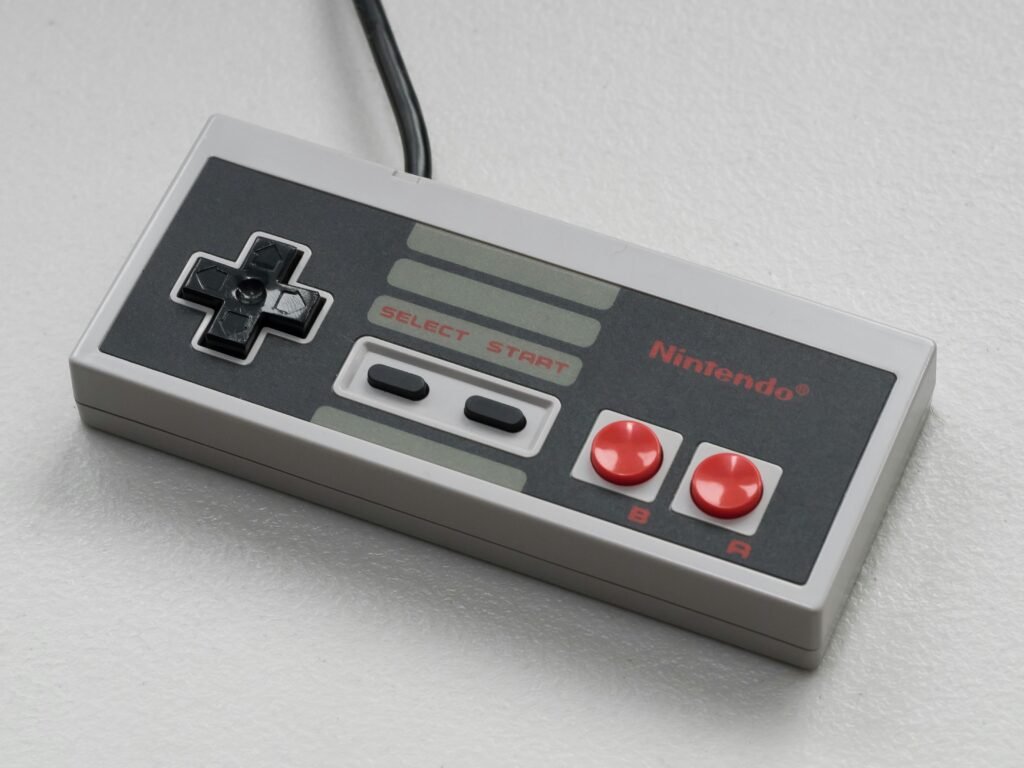
Console Debut (1980s)
In 1983, Nintendo introduced the Family Computer, affectionately known as the Famicom, to the Japanese gaming market. This marked a pivotal moment in the history of video games. With its advanced hardware capabilities and a lineup of engaging games, the Famicom quickly gained a loyal following, revolutionizing the gaming scene in Japan.
Recognizing the potential of this new console, Nintendo decided to take its innovative gaming system beyond Japan’s borders. In 1985, it transformed, emerging on the global stage as the Nintendo Entertainment System (NES). This rebranding was accompanied by a strategic marketing campaign that positioned the NES as a premium home entertainment system, differentiating it from the tarnished image of video game consoles resulting from the North American video game crash of 1983.
The NES’s arrival in North America revitalized a struggling video game industry, which had experienced a severe downturn due to market saturation and poor-quality games. Nintendo’s stringent quality control, iconic franchises like Super Mario Bros., and the introduction of the Nintendo Seal of Quality restored confidence in video gaming, setting the stage for a new era of gaming excellence. The NES’s triumph in North America marked the beginning of Nintendo’s ascent as a global gaming giant, forever altering the course of the video game industry.
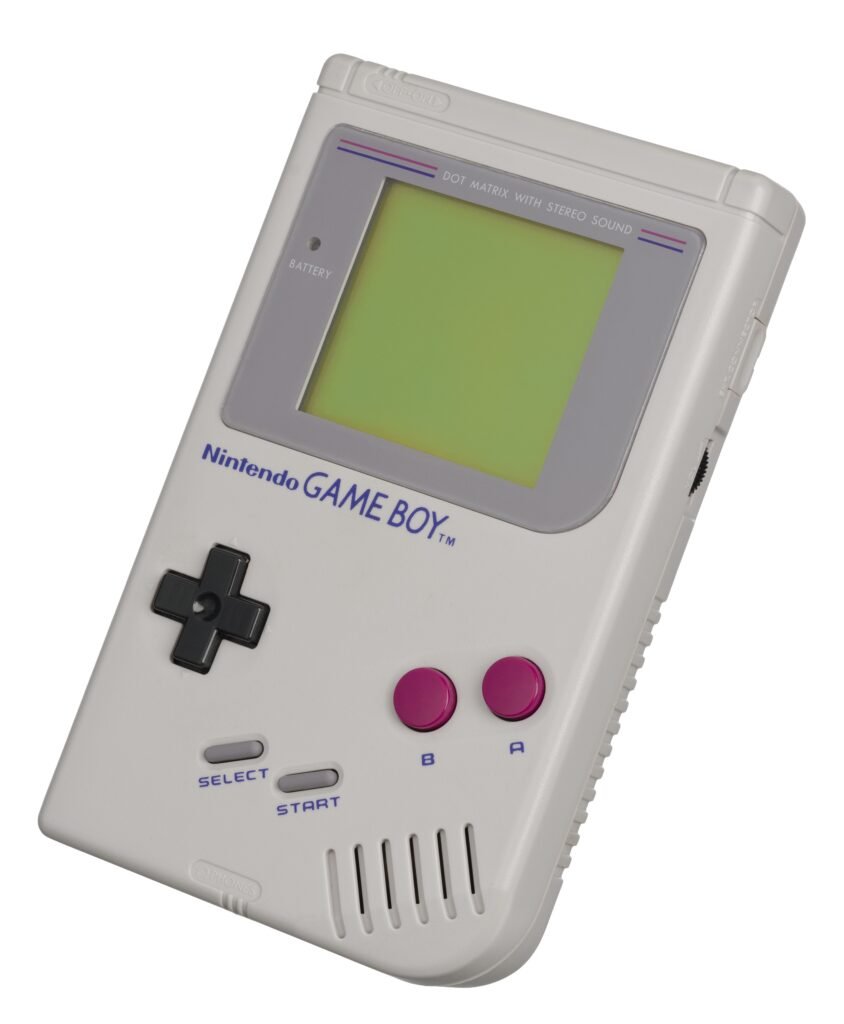
Super Mario and Game Boy (1980s-1990s)
Nintendo’s Super Mario series, featuring the iconic plumber duo, Mario and Luigi, has undeniably earned its place as one of the most cherished and triumphant franchises in the annals of video game history. These pixelated plumbers embarked on countless adventures, braving treacherous landscapes and battling nefarious foes, captivating the hearts of gamers worldwide. The series introduced captivating gameplay and enriched gaming narratives, setting standards that endure today.
In 1989, Nintendo achieved another watershed moment with the release of the Game Boy, a portable gaming device that would forever alter the gaming landscape. Its compact design and library of engaging titles made it an instant hit. The enduring popularity of the Game Boy gave rise to a new era of portable gaming, creating a platform for classics like Tetris and Pokémon while paving the way for the handheld gaming revolution that continues with subsequent Nintendo devices. Nintendo’s Game Boy became an indispensable companion, allowing gamers to carry their adventures wherever they went, solidifying its legacy as a pioneering innovation in gaming.
Console Innovations (1990s-2000s)
Nintendo’s legacy of innovation in the gaming console market persisted throughout the late 20th century and into the early 21st century. After the resounding success of the NES, they unveiled the Super Nintendo Entertainment System (SNES) in 1990, raising the bar with 16-bit graphics and iconic titles like Super Mario World and The Legend of Zelda: A Link to the Past.
In 1996, the Nintendo 64 entered the scene with its groundbreaking 3D graphics and innovative controller featuring an analog stick. Titles like Super Mario 64 and The Legend of Zelda: Ocarina of Time redefined gaming experiences.
The early 2000s saw the release of the compact yet powerful GameCube, emphasizing graphical prowess and gameplay innovation. This era also marked Nintendo’s pioneering entry into the handheld realm with the Nintendo DS, featuring dual screens and touch controls, and later the 3DS, offering glasses-free 3D gaming.
Nintendo’s penchant for experimentation was evident in the Virtual Boy, an ambitious virtual reality system released in 1995. However, despite its novelty, it struggled in the market due to discomfort and a limited game library.
Through these consoles and ventures, Nintendo consistently pushed the boundaries of gaming, solidifying its reputation as a trailblazer in the industry and setting the stage for future endeavors, including the wildly successful Nintendo Switch.
Wii and DS Dominance (2000s)
The Nintendo Wii, introduced in 2006, was nothing short of a revolution in the gaming industry. What set it apart was its innovative motion-sensing controls, which allowed players to interact physically with games, immersing them in a way never experienced before. The Wii’s intuitive and accessible gameplay appealed to a vast demographic, transcending the traditional gaming audience. It encouraged families, friends, and people of all ages to gather around the TV and enjoy various games, from sports simulations to party favorites.
Simultaneously, the Nintendo DS was making waves in the handheld gaming realm. With its dual screens, touch-based interface, and a remarkable library of games, the DS captured the hearts of gamers worldwide. It provided a unique and engaging gaming experience on the go, becoming one of the best-selling handheld consoles in history. The combination of these two groundbreaking systems exemplified Nintendo’s commitment to innovation and its ability to create gaming experiences that resonated with dedicated gamers and newcomers, solidifying the company’s position as an industry trailblazer.
Modern Era (2010s-Present)
In 2012, Nintendo introduced the Wii U, a console that, despite its innovative features, faced challenges in the market. With a tablet-like controller, its dual-screen concept resonated less strongly with gamers than Nintendo had hoped. The confusion between the Wii and the Wii U’s branding further contributed to its less-than-stellar performance. Despite its shortcomings, the Wii U did have its share of standout titles like “Super Mario 3D World” and “Splatoon,” which garnered a dedicated fan base.
However, Nintendo made a remarkable comeback in 2017 with the launch of the Nintendo Switch. This groundbreaking console offered a unique hybrid experience, seamlessly transitioning between home console and handheld modes. The Switch’s versatility captured the imaginations of gamers worldwide, and its exceptional library of games, including critically acclaimed titles like “The Legend of Zelda: Breath of the Wild” and “Animal Crossing: New Horizons,” further solidified its success.
The Nintendo Switch not only revitalized Nintendo’s position in the gaming industry but also demonstrated the company’s enduring ability to innovate and captivate players with fresh gaming experiences. It is a testament to Nintendo’s resilience and commitment to delivering exceptional gaming adventures.

Mobile Gaming (2010s)
In a strategic move to diversify its gaming portfolio and tap into a broader audience, Nintendo ventured into the mobile gaming market with resounding success. The introduction of titles like “Super Mario Run” and “Pokémon GO” marked a significant shift in Nintendo’s approach to gaming as it embraced the rapidly growing mobile gaming industry.
“Super Mario Run” brought one of Nintendo’s most iconic characters to mobile devices, offering a simplified yet engaging gameplay experience that appealed to both seasoned gamers and newcomers. Its accessibility and the familiarity of the Mario franchise helped it garner widespread attention.
“Pokémon GO,” on the other hand, unleashed a global phenomenon. This augmented reality game transformed how people interacted with their surroundings, encouraging players to explore real-world locations to capture Pokémon. It became a cultural sensation, promoting physical activity, social interaction, and community engagement.
By entering the mobile gaming arena, Nintendo expanded its reach beyond traditional gaming consoles, leveraging its cherished intellectual properties to connect with a diverse and tech-savvy audience. These ventures bolstered the company’s financial success and reaffirmed its status as a dynamic and adaptable leader in the ever-evolving gaming world. Nintendo’s foray into mobile gaming was a testament to its commitment to innovation and its ongoing mission to bring joy to players across the globe, regardless of their gaming platform preferences.
Theme Parks and Merchandise
In addition to its remarkable contributions to the video game industry, Nintendo has extended its influence into other immersive realms of entertainment. One noteworthy venture is the creation of Super Nintendo World, an enchanting theme park within Universal Studios Japan. This captivating park brings the fantastical worlds of Nintendo games to life, allowing visitors to step into iconic landscapes such as the Mushroom Kingdom. Super Nintendo World is just the beginning. Nintendo has ambitious plans to replicate this enchanting experience in other global locations, promising fans more opportunities to immerse themselves in their favorite gaming universes.
Furthermore, Nintendo boasts a diverse and extensive line of merchandise that allows fans to bring their beloved characters and franchises into their everyday lives. From clothing and toys to collectibles and accessories, the world of Nintendo merchandise caters to enthusiasts of all ages. Nintendo’s strategic licensing agreements have also paved the way for collaborations with various industries, further solidifying its status as a pop culture icon. With each of these endeavors, Nintendo continues to weave its imaginative threads into the fabric of popular culture, transcending gaming and enriching fans’ lives worldwide.
Nintendo’s remarkable ability to adapt, innovate, and consistently create iconic franchises has not only secured its position in gaming history but has also set an unparalleled standard for the entire industry. Through each era of gaming evolution, Nintendo has demonstrated an uncanny knack for staying ahead of the curve.
Innovation has been a hallmark of Nintendo’s journey, exemplified by groundbreaking concepts like the Wii’s motion-sensing controls and the Switch’s portability. These innovations attracted new audiences and redefined how we interact with video games.
Moreover, the company’s stable of iconic franchises, from Super Mario and The Legend of Zelda to Pokémon and Metroid, continues to captivate fans of all ages, transcending generational gaps. These franchises are more than just games; they are cultural touchstones woven into the fabric of popular culture.
Nintendo’s enduring influence stretches far beyond gaming consoles. Its foray into mobile gaming, theme parks, and merchandise has expanded its reach, ensuring that the beloved Nintendo universe remains accessible and engaging to a global audience.
As we look to the future, Nintendo’s commitment to creativity and innovation promises to keep it at the forefront of gaming, inspiring both nostalgia and excitement among fans, old and new. In an ever-changing landscape, Nintendo remains a shining example of how a company can evolve while staying true to its core mission: bringing joy to players worldwide.
